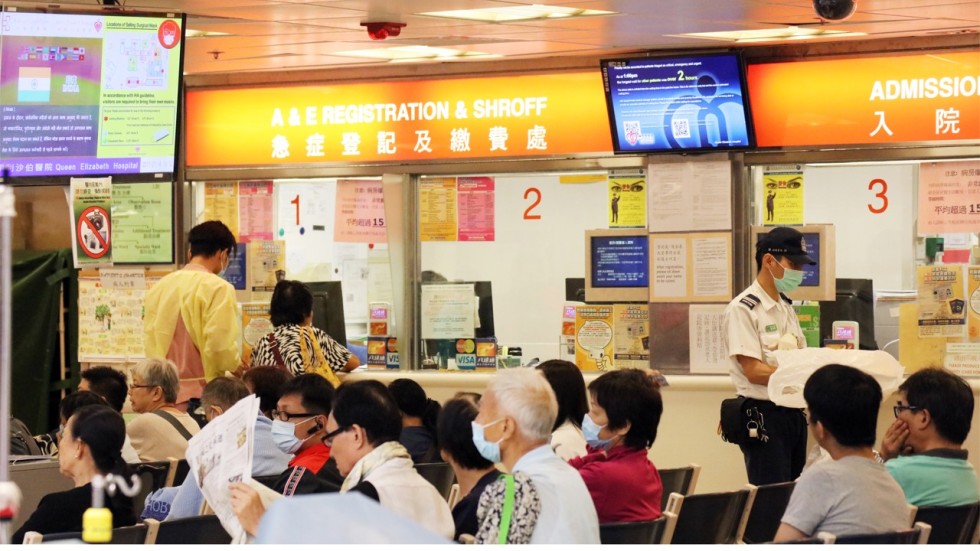This post is also available in:
繁體中文 (Chinese (Traditional))

Current Healthcare Fee Structure in Hong Kong
Hong Kong’s public healthcare system charges HK$180 for non-urgent visits to Accident and Emergency (A&E) departments. This fee is designed to discourage unnecessary use of emergency services for minor health issues. However, the system still sees a high volume of non-urgent cases, which strains resources meant for critical emergencies. In 2022, over 40% of A&E visits were classified as non-urgent, costing the system millions annually.
Compared to other major Asian cities like Singapore and Tokyo, Hong Kong’s A&E fees are relatively low. For example, Singapore charges around S$128 (HK$740) for non-urgent A&E visits, while Tokyo’s fees can exceed ¥10,000 (HK$550). Hong Kong’s current fee structure includes subsidies for low-income groups, but critics argue it does little to deter overuse of emergency services.
Upcoming Fee Changes and Their Implications
The government plans to double the fee for non-urgent A&E visits to HK$360. This change aims to reduce unnecessary visits and free up resources for urgent cases. The health minister will announce the details on Tuesday, including how the new fee structure will be implemented.
The fee increase could significantly impact healthcare utilization. For example, patients with minor ailments may opt for general outpatient clinics or private healthcare services instead of A&E departments. However, the higher fee may also burden low-income residents, who rely heavily on public healthcare. To address this, the government is introducing a threshold system where residents can apply for fee coverage after spending HK$10,000 annually on medical costs.
Threshold for Medical Cost Coverage
The HK$10,000 threshold is designed to protect residents from excessive medical expenses. Once a resident’s annual healthcare spending reaches this amount, they can apply to have additional fees covered by the government. This system aims to balance cost-sharing with financial protection, especially for those with chronic conditions or frequent medical needs.
However, implementing this threshold may pose administrative challenges. For instance, tracking individual healthcare spending across public and private services could require significant resources. Critics also question whether the threshold is high enough to provide meaningful relief, as many low-income residents may struggle to afford even HK$10,000 in medical costs.
Public Reaction and Stakeholder Perspectives
Public reaction to the fee changes has been mixed. Some residents support the move, believing it will reduce overcrowding in A&E departments. Others worry it will make healthcare less accessible for vulnerable groups. Healthcare professionals have expressed cautious optimism, noting that the changes could improve resource allocation but stressing the need for safeguards to protect low-income patients.
Patient advocacy groups have called for clearer communication about the new system and its benefits. They also urge the government to monitor the impact of the changes and make adjustments if necessary. Media coverage has played a key role in shaping public opinion, with some outlets highlighting potential benefits while others focus on concerns about affordability.
Impact on Healthcare Accessibility and Quality
The fee changes could improve healthcare accessibility by reducing overcrowding in A&E departments, allowing staff to focus on urgent cases. However, there is a risk that some patients may delay seeking care due to higher costs, potentially worsening their conditions.
The quality of care in A&E departments may also improve as resources are reallocated to critical cases. However, the government must ensure that the fee changes do not lead to increased use of private healthcare services, which could exacerbate inequalities in access to care. Measures such as expanding primary care services and improving public awareness about appropriate use of A&E departments will be crucial to the success of the reforms.



